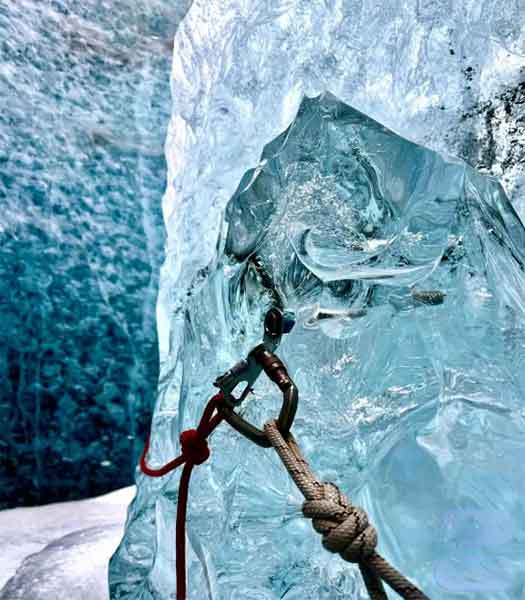
Iceland’s remote Westfjords launches a curated hiking trail linking volcanic hot springs to prime aurora viewpoints. Timed for 2025’s solar maximum, it solves overcrowding at classic spots—here’s why adventurers are buzzing.
The Icelandic Westfjords, long a hidden gem for off-the-beaten-path travelers, has rolled out a game-changing outdoor experience: a guided hiking trail that weaves past steaming volcanic hot springs and ends at a newly designated Northern Lights observation area. With 2025 shaping up to be a peak year for aurora activity due to the sun’s 11-year solar maximum, the timing couldn’t be more perfect for this remote region to step into the spotlight .
Trail Breakdown: Hot Springs, Lava, and Unspoiled Views
Designed by local hiking experts and backed by Iceland’s tourism board, the new 6.8-mile (11km) out-and-back trail balances accessibility with raw wilderness—think moderate difficulty that even casual hikers can tackle, with rewards that feel truly exclusive . Starting near the coastal town of Flókalundur, it winds through moss-carpeted lava fields where steam seeps from cracks in the earth, a tangible reminder of Iceland’s volcanic heartbeat.
The trail’s centerpiece? A series of natural hot springs tucked into a rocky valley, where hikers can soak their boots (or take a quick dip, if prepared) in water heated by underground magma. Unlike crowded Blue Lagoon, these springs see just a handful of visitors daily—pure, unfiltered nature at its best . “It’s like stepping into a postcard where the earth breathes,” says a local guide who helped map the route.
Why This Aurora Spot Beats Classic Locations
The trail’s endpoint, a elevated bluff overlooking Önundarfjörður, addresses a major pain point for Northern Lights chasers: light pollution. Unlike Reykjavík-adjacent spots, the Westfjords’ population of just 7,000 means skies stay pitch-black—ideal for spotting even faint auroral activity .
2025’s solar maximum amplifies the appeal: solar storms are expected to make auroras brighter, more frequent, and visible on more nights. “We’re seeing KP indices hit 5+ regularly this year, which turns the sky into a green-and-purple dance,” explains an aurora forecaster. The bluff’s unobstructed 180-degree views mean no bad seats—just bring a thermos of hot cocoa and wait for the show .
How to Plan: Timing, Gear, and Local Tips
Timing is everything here. The hiking season runs June to September, but aurora viewing kicks off in September and peaks February to March—so fall or winter visitors get the full combo: day hikes to hot springs, night aurora chases . “September’s sweet spot—milder temps than winter, fewer crowds than summer, and auroras already firing up,” notes a local tourism rep.
Gear-wise, follow the golden rules of Icelandic hiking: waterproof boots (sharp rocks and mud are common), layers (wind can whip up suddenly), and a headlamp for post-sunset treks . Skip the fancy cameras—2025’s bright auroras are visible to the naked eye, though a phone tripod helps capture the magic for social media.
Why the Westfjords Is Having a 2025 Moment
This new trail isn’t just a hike—it’s part of Iceland’s push to steer travelers toward less crowded regions. With classic spots like the Golden Circle feeling overrun, the Westfjords’ raw, untamed beauty is resonating with “slow travel” fans craving authenticity . “It’s not about checking boxes,” says a recent visitor. “It’s about sitting in a hot spring at dusk, watching the sky turn pink, then green—and realizing you’re one of the few people on the planet experiencing this.”
As 2025’s solar maximum ramps up, the Westfjords’ new trail is poised to become the year’s most talked-about adventure. For travelers tired of crowded viewpoints and tourist traps, this is Iceland as it was always meant to be: wild, warm, and utterly unforgettable.
